Technical Parameters
| Name | Model | Performance | Technical Parameters |
| Hygroscopic Foam Pig | LCQZ-RTH | 1. It is formed by one-time foaming of polyether polyurethane material. | Starting pressure: 0.2-0.3 MPa |
| 2. Soft texture, and good elasticity. | Density: 35 kg/m³~150 kg/m³ | ||
| 3. It has strong water absorption performance. And the deformation amount can reach 70%. | Withstand pressure: 7 MPa | ||
| 4. Remarkable effect on dewatering, degreasing, and drying of pipelines. | Stretch rate: 320% | ||
| Compression ratio: 60 | |||
| Flex life: 50,000 times | |||
| Attrition rate: 4 mm/100 km | |||
| Operating distance: 50 km~150 km | |||
| Operating temperature: -30℃~100℃ | |||
| Name | Model | Performance | Technical Parameters |
| Bare Foam Pig | LCQZ-RTN | 1. Soft texture and good flexibility. | Starting pressure: 0.02 MPa |
| 2. With strong water absorption, the deformation amount can reach 60%. | Density: 35 kg/m³~220 kg/m³ | ||
| 3. Used for dewatering, cleaning, and drying pipelines. | Withstand pressure: 7 MPa | ||
| Stretch rate: 320% | |||
| Compression ratio: 60 | |||
| Flex life: 50,000 times | |||
| Attrition rate: 4 mm/100 km | |||
| Operating distance: 50 km~150 km | |||
| Operating temperature: -30℃~100℃ | |||
| Name | Model | Performance | Technical Parameters |
| Polly Foam Pig | LCQZ | 1. Polyurethane material foams its interior. A polyurethane elastomer coating covers the surface. | Starting pressure: 0.02 MPa |
| 2. Good flexibility and certain wear resistance. | Density: 35 kg/m³~220 kg/m³ | ||
| 3. The deformation amount can reach 50%. | Withstand pressure: 7 MPa | ||
| 4. Used for scrubbing, descaling, and fluid isolation of pipes. | Stretch rate: 320% | ||
| Compression ratio: 50 | |||
| Flex life: 50,000 times | |||
| Attrition rate: 2 mm/100 km | |||
| Operating distance: 100 km~300 km |
Exploring Foam Pipeline Pigs in Detail
Foam pipeline pigs are indispensable tools in the pipeline industry, utilized for a variety of maintenance tasks including cleaning, drying, and inspection of pipeline interiors. Constructed from flexible open-cell polyurethane foam, these pigs excel in adapting to different pipeline diameters and navigating through bends and restrictions without causing damage. Their lightweight nature not only minimizes wear on both the pipeline and the pigging equipment but also makes them particularly suitable for transporting sensitive materials due to the gentle pressure they exert. Additionally, their cost-effectiveness makes them an optimal choice for routine maintenance, ensuring the cleanliness and efficiency of pipeline systems.
Among the diverse types of foam pigs, the Polyurethane Coating Foam Pig stands out for its robust outer layer that significantly enhances its abrasion resistance and longevity. This type is particularly effective in cleaning pipelines with heavy contamination, as it can withstand more abrasive conditions and remove tough deposits effectively. On the other hand, the Criss-cross Foam Pig, with its unique surface pattern, increases the cleaning efficacy by enhancing contact with the pipeline walls, which helps in dislodging soft deposits and liquids efficiently. Its flexibility allows it to navigate through complex pipeline structures, making it ideal for maintaining pipelines with varying diameters and bends. Through these specialized designs, foam pigs play a critical role in maintaining the operational integrity and efficiency of pipelines.
Applications of Foam Pipeline Pigs
Foam pipeline pigs serve various crucial roles in maintaining pipelines. Firstly, they clean the interior surfaces during routine maintenance. As they travel through pipelines, they efficiently remove debris and moisture. This action ensures that pipelines remain efficient and free of blockages. Moreover, foam pigs are gentle on the pipeline walls, making them ideal for sensitive materials.
Additionally, operators use these pigs for inspection purposes. They can carry various instruments that help in detecting anomalies within the pipeline. This capability is crucial for preemptive maintenance strategies. Furthermore, their flexibility allows them to navigate complex pipeline systems effortlessly, ensuring thorough cleaning and inspection. This versatility makes foam pigs essential tools in the pipeline industry, supporting both operational efficiency and safety.
Importance of Pipeline Pigging
Pipeline pigging plays a critical role in pipeline maintenance and safety. Initially, it removes deposits and debris efficiently, preventing potential blockages and corrosion. This cleaning process extends the lifespan of pipelines by maintaining their integrity. Additionally, pigging ensures that the pipeline operates at optimal efficiency, which can lead to significant energy savings.
Moreover, regular pigging helps detect issues early on, reducing the likelihood of catastrophic failures. It also supports compliance with environmental regulations by ensuring that pipelines do not leak harmful substances. Overall, the practice of pigging directly contributes to safer and more reliable pipeline operations, enhancing product quality and minimizing downtime.
Polyurethane Test Report
| Polyurethane Test Report | ||||
| NO. | TEST PROJECT | UNIT | TEST REPORT | TEST METHOD |
| 1 | Shore hardness | Shore A | 83 | GB/T 531.1-2008 |
| 2 | DIN abrasion | mm3 | 21 | GB/T 53516-1987 |
| 3 | Akron abrasion | cm3 | 0.0518 | GB/T 1689-1998 |
| 4 | 100% stress at definite elongation | MPa | 3.41 | GB/T 528-2009 |
| 5 | 300% stress at definite elongation | MPa | 5.74 | GB/T 528-2009 |
| 6 | Tensile strength | MPa | 51.2 | GB/T 528-2009 |
| 7 | Elongation at break | % | 1263 | GB/T 528-2009 |
| 8 | Tear strength(right angle) | kN/m | 77 | GB/T 529-2008 |
| 9 | Resilience rate | % | 34 | GB/T 1681-2009 |
What are pipeline-cleaning pigs?
Pipeline-cleaning pigs are tools designed to clean, inspect, and maintain pipelines by traveling through them. They can remove accumulated debris, corrosion, and buildup to ensure the pipeline operates efficiently.
How do pipeline-cleaning pigs work?
Cleaning pigs are inserted into the pipeline and propelled by the pressure of the product flowing through it. As they travel, they scrape and brush the interior surfaces of the pipeline, removing unwanted materials.
What are the different types of pipeline-cleaning pigs?
There are several types of cleaning pigs, including:
Foam pigs: Made of flexible foam and suitable for light cleaning and drying.
Brush pigs: Equipped with brushes or scrapers for removing harder deposits.
Disc pigs: Use rubber discs to clean and can also be used for pipeline batching or separation.


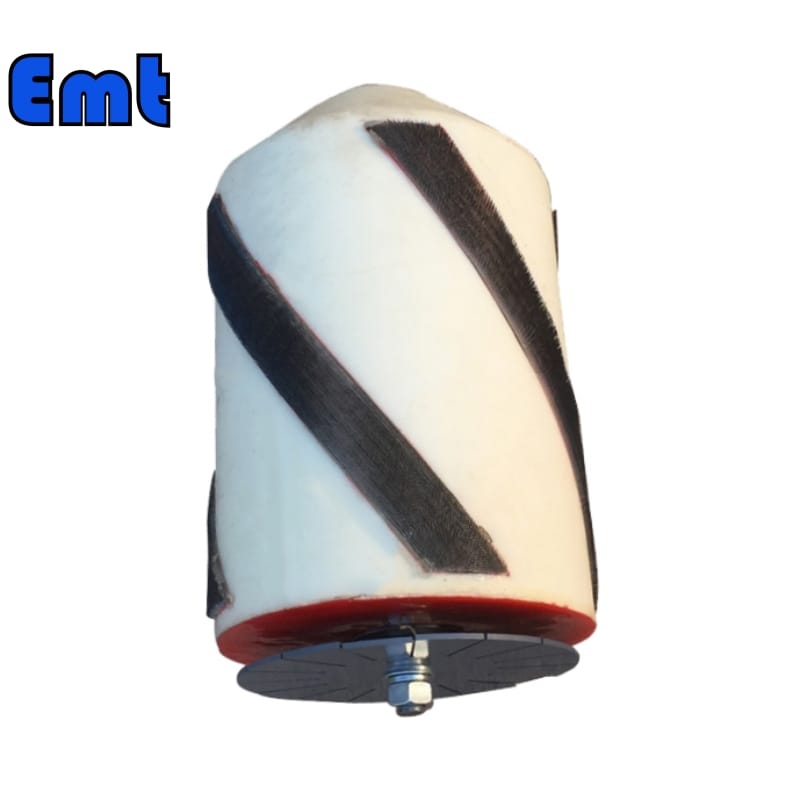
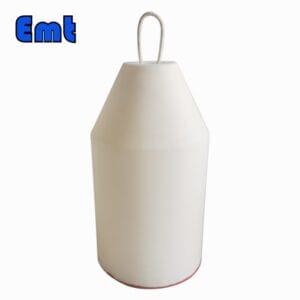
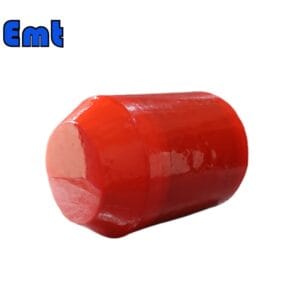
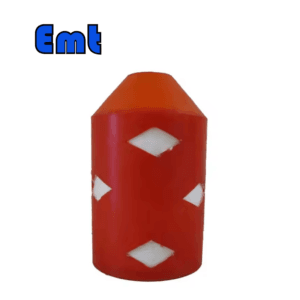
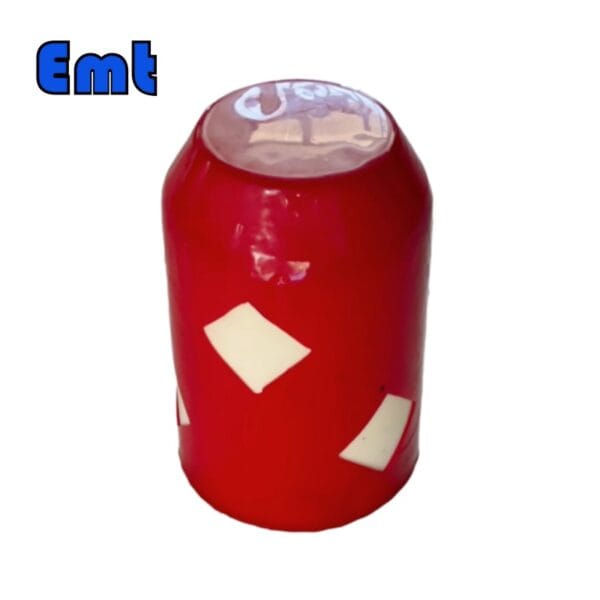
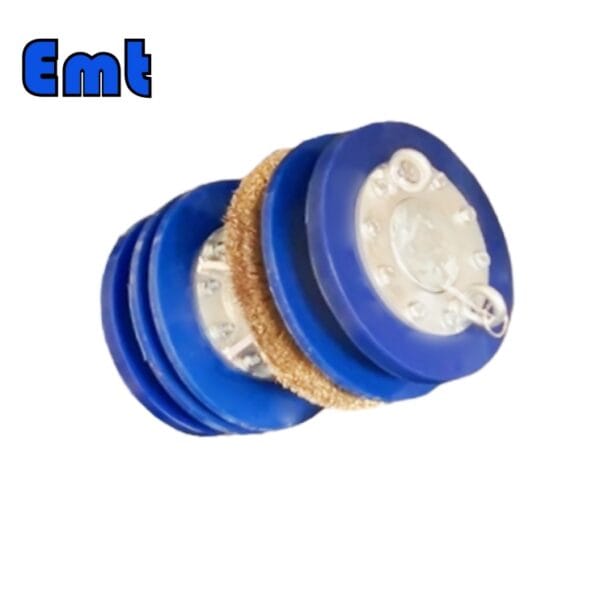
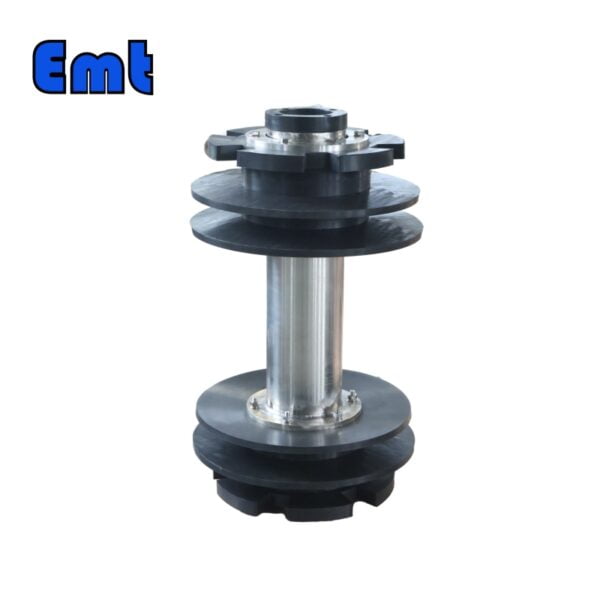
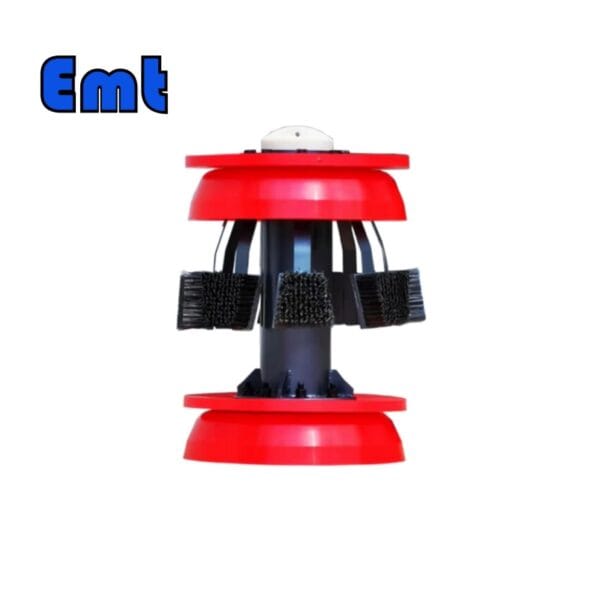
There are no reviews yet.